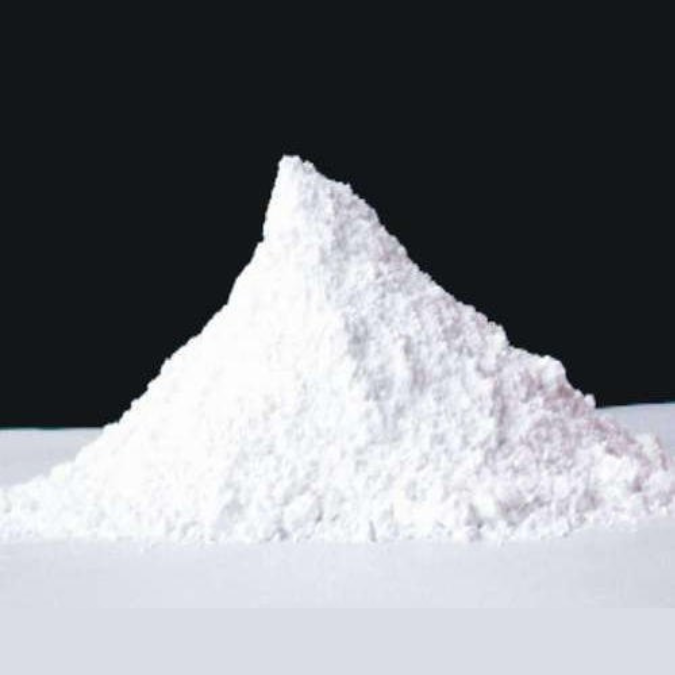Calcite Powder in Paper Industries: Applications and Benefits
Calcite powder (calcium carbonate) is a fundamental component in modern paper manufacturing, serving as both a filler and coating pigment. Its unique properties make it essential for producing high-quality paper with improved brightness, opacity, smoothness, and printability while reducing production costs and environmental impact.

Why Use Calcite Powder in Paper Manufacturing?
- Enhanced Brightness: Improves paper whiteness and appearance
- Better Opacity: Reduces show-through and improves print quality
- Cost Effective: Reduces paper production costs
- Environmental Benefits: More sustainable than wood pulp
- Versatile: Suitable for various paper grades
Why Use Calcite Powder in Paper Manufacturing?
Enhanced Brightness
Superior whiteness and brightness for premium paper quality
Improved Opacity
Better hiding power and reduced show-through
Cost Efficiency
Reduces fiber costs while improving paper properties
Key Benefits of Calcite Powder in Paper
1. Optical Properties Enhancement
- Brightness: Increases paper brightness by 2-5 points
- Opacity: Improves hiding power and reduces show-through
- Whiteness: Enhances overall whiteness and appearance
- Gloss: Improves surface gloss when used in coatings
2. Physical Properties Improvement
| Property | Effect of Calcite Powder | Typical Improvement |
|---|---|---|
| Smoothness | Improves surface smoothness | 20-40% improvement |
| Printability | Enhances ink receptivity | Better print quality |
| Bulk | Increases paper bulk | 5-15% increase |
| Stiffness | Improves paper stiffness | 10-25% improvement |
| Dimensional Stability | Reduces dimensional changes | Better stability |
| Porosity | Controls air permeability | Optimized porosity |
3. Cost and Environmental Benefits
- Fiber Replacement: Reduces expensive wood fiber usage by 10-30%
- Energy Savings: Lower energy consumption during drying
- Waste Reduction: Minimizes paper waste and improves yield
- Recyclability: Fully compatible with paper recycling processes
Applications in Paper Manufacturing
Filler Applications
Calcite powder is added to the paper stock during the papermaking process:
- Printing Papers: Office papers, copy papers, and business papers
- Writing Papers: Notebook papers, stationery, and writing pads
- Newsprint: Newspaper and magazine papers
- Packaging Papers: Corrugated boxes and packaging materials
- Specialty Papers: Label papers, security papers, and specialty grades
Coating Applications
Calcite powder is used in paper coatings for premium applications:
- Coated Papers: High-quality printing papers with superior finish
- Art Papers: Premium papers for high-end printing
- Label Papers: Self-adhesive label papers
- Book Papers: High-quality book and magazine papers
- Packaging Coatings: Barrier coatings for packaging applications
Optimal Usage Guidelines
Filler Loading Levels
| Paper Grade | Typical Loading | Benefits |
|---|---|---|
| Newsprint | 5-15% | Cost reduction, improved opacity |
| Office Papers | 10-25% | Better brightness, printability |
| Writing Papers | 15-30% | Enhanced smoothness, opacity |
| Coated Papers | 20-40% | Superior finish, print quality |
| Packaging Papers | 10-20% | Cost optimization, stiffness |
Particle Size Selection
- Fine Particles (0.5-2 microns): Premium applications, maximum brightness
- Medium Particles (2-5 microns): General purpose, balanced properties
- Coarse Particles (5-10 microns): Cost-sensitive applications
Quality Specifications for Paper Applications
Key Quality Parameters
| Parameter | Specification | Importance |
|---|---|---|
| Brightness | 90-96% | Paper whiteness and appearance |
| Particle Size | 0.5-10 microns | Optical and physical properties |
| pH Value | 8.5-9.5 | Compatibility with paper chemicals |
| Moisture Content | <0.5% | Processing and storage stability |
| Oil Absorption | 15-25 g/100g | Binder demand in coatings |
| Residue on 325 mesh | <0.1% | Cleanliness and processing |
Processing Considerations
Filler Addition Process
- Preparation: Disperse calcite powder in water to form slurry
- Addition Point: Add to paper stock before the headbox
- Retention: Use retention aids for optimal filler retention
- Drainage: Monitor drainage rates and adjust as needed
Coating Preparation
- Slurry Preparation: High-shear mixing for uniform dispersion
- Viscosity Control: Optimize coating viscosity for application
- pH Adjustment: Maintain optimal pH for stability
- Filtration: Remove oversized particles and contaminants
Environmental and Sustainability Benefits
- Reduced Fiber Usage: Decreases demand for wood fiber
- Lower Energy Consumption: Reduces drying energy requirements
- Improved Recyclability: Fully compatible with recycling processes
- Reduced Waste: Minimizes paper waste and improves yield
- Carbon Footprint: Lower overall carbon footprint
Future Trends and Innovations
- Nano-sized Particles: Enhanced properties with minimal loading
- Functional Fillers: Fillers with additional properties (barrier, antimicrobial)
- Sustainable Sourcing: Emphasis on environmentally responsible mining
- Smart Coatings: Intelligent coatings with responsive properties
Quality Control and Testing
- Brightness Testing: ISO 2470 standard for brightness measurement
- Particle Size Analysis: Laser diffraction for size distribution
- Chemical Analysis: XRF for elemental composition
- Physical Properties: Oil absorption, moisture content, pH
Ready to Optimize Your Paper Manufacturing?
Contact Shikhar Microns for expert guidance on calcite powder applications in paper industries